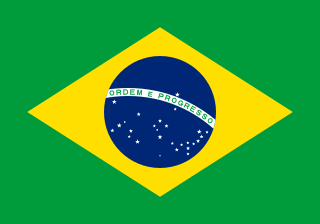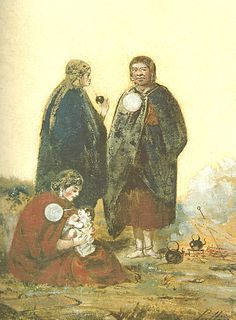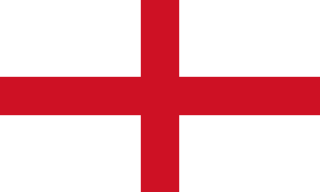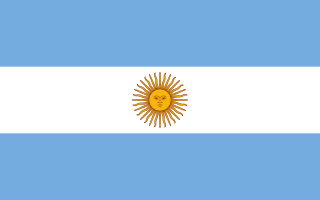Terminology
Northwestern European people have been identified as a distinct pan-ethnic grouping. They have been researched in academia in historical, cultural, linguistic and anthropological studies. [1] [2] [3] A number of genetic research studies have been conducted with the group. [4] [5] The panethnicity has also been referenced in journalistic works. [6] [7] [8]
Although Northwestern Europeans are often defined by ancestry from the geographic northwest extremities of Europe, the identification also has cultural context, and often includes other related subgroups. For example, Finns may be ethnoculturally considered as Northwest Europeans, while the broader grouping of Baltic Finns may be, at times, identified as northerly Eastern Europeans, depending on certain contexts. In this regard, the Swiss or Austrians and other peoples native to bordering regions are variously described as part of the grouping, particularly when a diasporic people (such as Swiss Americans or Austrian Canadians), or may be identified as Central Europeans. Dr. Virgil F. Fairbanks has summarized the history of the pan-ethnic group: [5]
More than a thousand years ago, northwestern Europeans invaded what had been the Roman Empire by land and by longboat, colonizing areas now included in southern Germany, Austria, France, Spain, Portugal, northern Italy, Sicily, and the British Isles. They also ascended the rivers that enter the Baltic Sea and colonized present-day Ukraine, Belarus, and western Russia. In the past few hundred years, their descendants have colonized much of North America, Australia, and New Zealand.
Census by nation
The government departments responsible for statistics and ethnic classification in Australia and New Zealand record Northwestern European ancestry or origins. [9] With similar classification systems, a "North-West Europe" origin (birthplace) in New Zealand, or "North-West European" ancestry in Australia, are the second listing (2.) in both the Australian Standard Classification of Cultural and Ethnic Groups (ASCCEG) and within the New Zealand equivalent Classification Coding System (CCS). [10]
Australia
As catalogued by the Australian Bureau of Statistics, the 2011 census in Australia recorded the following population figures for the group by ancestry: [11]
| Category | ASCCEG | Group / national ancestry | Population | Percentage |
|---|---|---|---|---|
| North-West European | 20 | North-West European, nfd | 1,043 | <0.1% |
| North-West European | 21 | British | 9,166,372 | 42.6% |
| North-West European | 22 | Irish | 2,087,758 | 9.7% |
| North-West European | 23 | Western European | 1,427,140 | 6.6% |
| North-West European | 24 | Northern European | 138,349 | 0.6% |
| | Not applicable | Not applicable | 12,820,662 | 59.6% |
ASCCEG = Australian Standard Classification of Cultural and Ethnic Groups
nfd = not further defined
New Zealand
As classified by Statistics New Zealand, the 2013 New Zealand census recorded the following population figures for the group by birthplace: [12]
| Macro group | CCS | Micro group | Population | Percentage |
|---|---|---|---|---|
| North-West Europe | 20 | North-West Europe, nfd | 0 | 0% |
| North-West Europe | 21 | United Kingdom | 256,164 | 6% |
| North-West Europe | 22 | Ireland | 9,042 | 0.2% |
| North-West Europe | 23 | Western Europe | 41,811 | 1% |
| North-West Europe | 24 | Northern Europe | 3,840 | 0.1% |
| | Not applicable | Not applicable | 310,857 | 7.3% |
CSS = Classification Coding System
nfd = not further defined
Use in academia
A multitude of scholars have identified Northwestern Europeans as an observable anthropological, historical and demographic group. This includes notable academics who have used the grouping of Northwest Europeans, Northwestern European people, and other variations, to identity the group in scholarly works and scientific research, including genetic studies.
Professors James Morris Blaut, Ian Morris, and Deirdre McCloskey have referred to the grouping in analysis of The Great Divergence concept, and related causal economic developments in Northwestern Europe. [14] [15] [16] [17] In this regard, scholar Mary S. Hartman has researched the group's history of state formation and industrialisation. [18] Historians Seymour Drescher, Herbert S. Klein and Jared Diamond have studied the grouping's historical intersection with, and participation in, European colonialism. [19] [20] [21]
Sociologist Arland Thornton and historical demographer Steven Ruggles have observed the social and familial behaviours of "Northwest Europeans". [22] [23] In genetic research, biological psychologist Dorret Boomsma, clinical epidemiologist Albert Hofman and bioinformatician Professor Laurence Hurst have studied the genomes of, what they have defined as, Northwestern European people. [24] [25]





